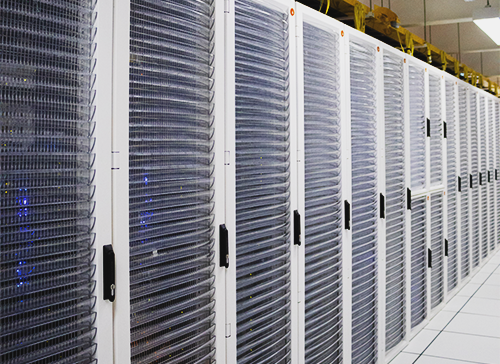
If you tried to use Snapchat, order food on the McDonald’s app, or trade on Robinhood this morning, you likely encountered an error message. The culprit wasn’t a failure within those individual companies but a widespread outage at Amazon Web Services (AWS), the cloud computing giant that powers a significant portion of the internet.
For hours, services used by millions globally were inaccessible. Some are still down as of this writing. Even Amazon’s own Ring and Alexa platforms weren’t immune. This is yet another critical lesson in infrastructure risk management: putting all your eggs in a shared, virtualized basket introduces a single point of failure that can cripple your business.
The Hidden Risk of the Public Cloud
Public cloud platforms like AWS, Azure, and Google Cloud are marvels of modern engineering, offering immense scalability by virtualizing resources across vast pools of shared hardware. But that same interdependence is also their Achilles’ heel.
A software bug, misconfiguration, or regional network issue within a shared environment can cause a cascading failure that takes thousands of unrelated businesses offline in an instant, as we are seeing today.
Even if your own application is flawless, it’s still subject to the noisy neighbor effect. Think of it as renting an apartment in a skyscraper: if the building’s power grid fails, every tenant goes dark, no matter how well you’ve managed your own unit.
Reclaim Control and Guarantee Uptime with Bare Metal
Unlike the multi-tenant cloud model, bare metal servers provide dedicated, single-tenant environments — your own isolated hardware, optimized for reliability and performance. Moving to bare metal directly addresses the weaknesses exposed by today’s AWS outage:
-
Eliminate Noisy Neighbor Risk: You’re not sharing CPU, memory, or disk I/O with anyone. Your resources are reserved, predictable, and unaffected by other tenants’ workloads.
-
Reduce Complexity and Failure Points: Cloud environments are stacked with layers — control planes, hypervisors, APIs — each a potential point of failure. Bare metal is simpler by design. Fewer layers mean fewer ways for things to go wrong.
-
Predictable Performance for Mission-Critical Workloads: For databases, AI inference, or latency-sensitive applications, raw hardware access ensures maximum throughput and reliability.
-
Compliance and Security: Bare metal offers clear physical boundaries and easier auditing for HIPAA, PCI DSS, or other strict frameworks. You know exactly where your data lives — and who can touch it.
Building a Smarter Hybrid Infrastructure
Public cloud has its place. For elastic, burstable, or non-critical workloads, cloud platforms deliver flexibility. But for core systems — databases, production applications, payment processing — reliance on a single cloud provider is a single point of failure.
A hybrid strategy solves this:
-
Use bare metal for the foundation — where uptime, performance, and compliance matter most.
-
Use cloud services for what they do best — scaling dev/test environments and short-term compute bursts.
This multi-domain approach creates true resilience: if one system falters, your enterprise remains online.
Don’t Let Your Business Be the Next Headline
Today’s AWS outage proves once again that even the biggest providers aren’t immune to failure. The question isn’t if another outage will happen, it’s when.
At HostDime, we build global, Tier IV-certified data centers designed for fault tolerance and uptime independence. Our bare metal servers give enterprises total control, consistent performance, and the confidence that your business won’t go dark when the cloud does.
We offer both self-managed and fully managed bare metal servers in strategic locations around the world — so you can choose the level of control, support, and scalability that fits your operations best.
Ready to architect for true reliability? Contact our Data Center Infrastructure solutions team today to discuss how HostDime’s global bare metal platform can become the bedrock of your uptime.
